Documentaries on Bethann Hardison, Donyale Luna and Naomi Campbell arrive at a time when fewer audience members care about pop culture history.
“How many people care about models? I mean, normally.” I’m about 45 minutes into a video call with Bethann Hardison, the pioneering model turned agent and activist, about the very nature of documentaries on Black models when she poses that question. And it’s a fair one.
It used to be that models across the spectrum weren’t considered to really have stories at all, much less ones so interesting that they’d make it to the big screen. Models were understood to, essentially, look pretty and help sell clothes by (usually male) designers — not to reflect candidly about their lives and careers.
Things have changed from, say, the 1970s, when Hardison, now 80, was at the height of her modeling career, traveling across the globe, being photographed in magazines such as Harper’s Bazaar and Vogue and walking the runway at the Battle of Versailles fashion show. This month alone, there are multiple documentaries and docuseries that tell the stories of Black models.
But with that comes the question of whether each one needs to be told and why. Even Hardison admitted to me, “I never thought I had a story.”
That sounds dry, and even a little wistful. But it’s because she had to be persuaded to do a movie about herself when for several years she had been working in vain to get an exposé on the modeling industry’s prejudices off the ground. (One that still sounds pretty necessary, for archival’s sake, but Hardison felt it became obsolete once the industry began changing its ways.)
“Invisible Beauty,” the new documentary on her that she also co-directed and wrote with Frédéric Tcheng, is far from the portrait of a woman who had ever really felt unfulfilled or unrecognized — despite what its title implies. It often serves as a record of the illustrious life she’s led and continues to lead as well as her myriad successes. Nothing more, nothing less.
It’s a straightforward, cradle-to-present-day biopic in documentary form. The movie traces her life from Brooklyn as the daughter of a socially conscious Islamic imam, who recalls Malcolm X visiting her home, to becoming a model in her 20s and later helping shepherd the careers of nonwhite models, including Naomi Campbell, as the founder of her own agency.
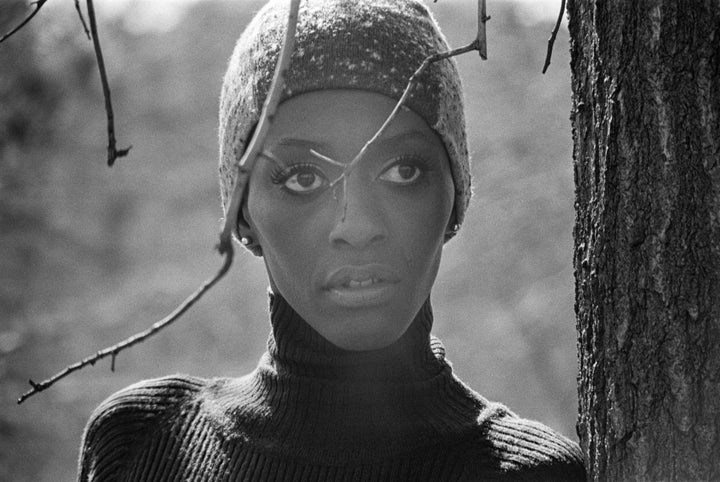
There are many other details that pepper her story, such as her relationship with actor and son Kadeem Hardison and how she revolutionized the modeling industry with a monumental call for diversity 10 years ago. She also reflects on her two great loves, one the son of a Spanish bullfighter.
During our conversation, she is as frank and personable as she is in “Invisible Beauty,” fondly remembering details from her storied journey. “First of all, I’ve been married twice,” she said with a laugh. “Second of all — a lot of boyfriends, a lot of lovers. And I still keep one or two, in different ports.”
She was also a dark-skinned Black model in the ’70s, when designers were used to white models and Black ones that, as she acknowledged, looked more like me (light-skinned, “like Zadie Smith”). But she emphasized that she never felt overshadowed.
“I never even thought it was about race,” she told me. “I never thought of myself like, ‘Oh, my God, they’re mad at me because I’m Black.’ They were all white audiences, of course, but my mind didn’t go there. The way I grew up made me always feel secure.”
The modeling landscape had soon begun to evolve amid a new period of Black Power in the ’70s when more Black models became, well, in vogue.
“We were coming off a time frame that we are very conscious,” she recalled. “And at the same time, everybody’s cool. Our girls — it’s an integrated campaign of models: white, Black, Asian. And at the end of the day, it was all good. We all had a good time. I can’t forget Norma Jean.”
The mention of Norma Jean Darden’s name and the mental image of a Black crew of models thriving in an otherwise exclusively white industry — Billy Blair, Naomi Sims, Pat Cleveland and Ramona Saunders were others Hardison noted — struck me for a number of reasons.
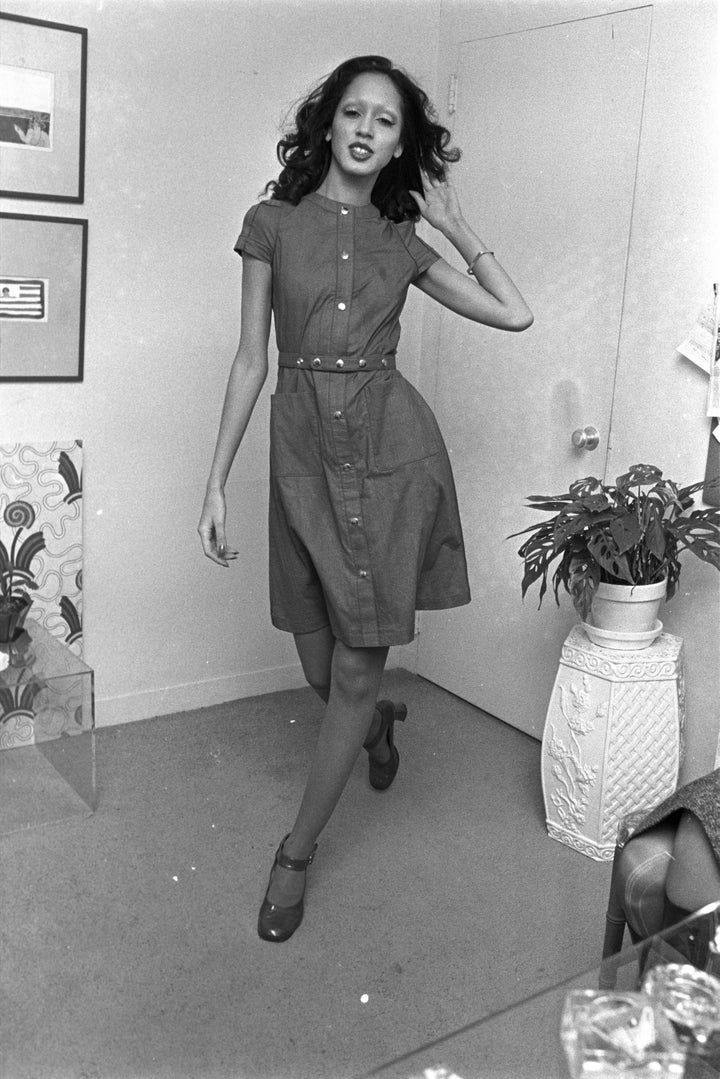
How many audiences today recognize any of these names, including Hardison’s? I’ll put myself on the spot, as I admit that I only knew of Cleveland and Sims before I watched “Invisible Beauty” months ago. Maybe that is my own ignorance as someone who’s never closely followed the modeling world.
Or maybe, like Hardison suggested, not many people care about models in general. It’s been days since “Invisible Beauty” was released, and there’s been very little chatter about it on social media. But I now want to know everything.
Will others be just as curious to watch stories about them strictly for the purpose of knowing who they are — particularly today, when history is so disregarded?
Hardison is acutely aware of that last point. “There’s a lot that you just don’t know because everything doesn’t get recorded. And if it does, who reads and goes and research anymore? People don’t really research. They Google. That’s different.”
True. And, to her follow-up point, fewer people are sitting down at the library to just “fall into learning”: “You might not care about [the stories of Black models] enough to learn about it. But if it’s put in front of you, then it becomes curiosity. It’s interesting.”
That’s a common assumption that puts a lot of responsibility on the increasingly popular medium of films and TV to share those stories, however elemental that some are. It seems that is why so many of them have sprouted lately, with a presumption that they will spark further interest of viewers who are genuinely interested in learning more about the past.
“History means everything to me,” Hardison said. “How stories are told means everything to me.”
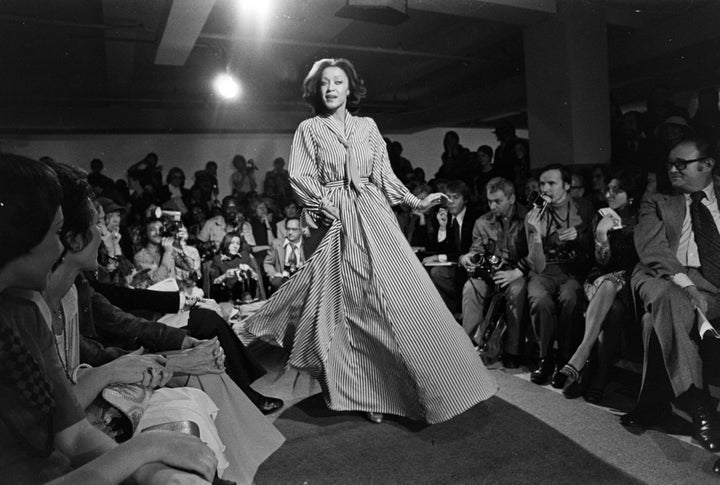
That kind of sentiment seems to be what “Time of Essence,” OWN’s recently aired docuseries, hopes to tap into. Darden, 83, appears for about five minutes total in the first episode of the five-part series, which primarily functions as a look back at Essence magazine’s decadeslong journey.
Her inclusion, though, grants her space to share some of her experience as a model when the publication launched in the ’70s. “It was very hard,” Darden recalls, for Black models to get work. She adds that the magazine “really started the careers of a lot of Black models.”
Some of those names and stories are known by wider audiences, but their brief additions in “Time of Essence” serve merely as bullet points in the self-reflective story that it is. So it’s hard to tell whether there is any there there.
The late Barbara Cheeseborough also became noteworthy as the cover model for the publication’s first issue in May 1970. The striking iconography of her face and Afro on a newsstand alongside a slew of images of white women on other magazine covers at the time should immediately draw viewers into finding out more about her on their own.
But more audiences will be familiar with Beverly Johnson, who also appears in “Time of Essence,” as does Iman, who, in addition to gracing the pages of the magazine on her own, appears on the May 1979 cover with her then-baby daughter, Zulekha.
Whether or not any of these women’s stories need to be told in a film is hard to determine. On one hand, like Hardison’s, their legacies are certainly worth acknowledging and discussing. On celluloid? That depends on the story.
Campbell has more of an opportunity to tell hers in “The Super Models,” the Apple TV+ docuseries that premieres Wednesday. It attempts to parse the complicated ’90s era of modeling through the biographies of supernovas Campbell, Christy Turlington, Cindy Crawford and Linda Evangelista. But is it necessary?

Campbell’s narrative isn’t particularly unknown. She is one of the most recognizable names, ever, in modeling — across any gender and race. Few others have been celebrated, judged, written about and discussed to the consistent degree she has throughout several decades.
Then again, with literacy down as it is, movies and TV are becoming the most popular ways for many audiences today to learn about people and history. And in the right hands, a film, even one about an unknown subject, can inform and fascinate. Filmmakers just have to rely on a hope that viewers would be interested enough to watch without knowing anything about it.
That’s the space in which “Donyale Luna: Supermodel” sits. The new Max documentary exists almost entirely to provoke curiosity and conversation, drawing you into a complex and endlessly interesting story about the Black model who had both a short career and life.
She was the first Black model to ever cover Harper’s Bazaar in 1965. And you have probably never heard of her before.
Neither did the movie’s filmmakers. Producer and former magazine editor Melissa Kramer was first intrigued by Luna when she saw her on the cover of a 1965 issue of Harper’s Bazaar at a 2006 exhibit. Because she was totally unaware of her existence. Oh, and because Luna was recognizably Black but appeared as a fair-skinned illustration on the magazine.
“At the time, I worked at Uptown magazine and was the creative director,” Kramer explained to me. “So fashion wasn’t my only thing. But I was very much a part of that world. And I just couldn’t believe I had never heard of her.”
But seeing Luna’s image thrillingly made Kramer want to find out everything she could about her. So, down the rabbit hole she went, long before the film became an idea. Finding bits of information on Luna only sent Kramer down more rabbit holes, becoming a low-key “investigator” on the project as she continued to dig for the answers.
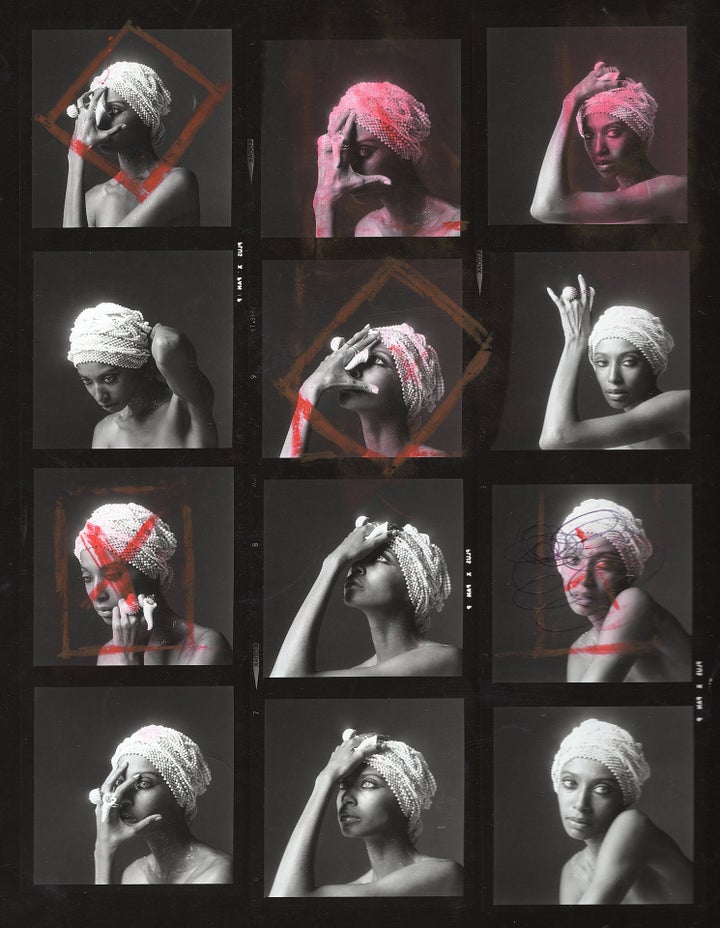
Among Kramer’s initial questions is a pressing one that serves as a good starting point for the narrative in “Donyale Luna: Supermodel”: Why was Luna only illustrated when most magazines moved away from illustrated covers 20 years prior?
“Well, we can kind of guess why she was,” Kramer said. “I mean, [magazines] were enamored by her. But they clearly didn’t feel comfortable enough to put her likeness on the cover.”
That’s a very diplomatic way to say that the magazine industry at the time was too racist to put a candid shot of a gorgeous Black model on their cover to sell issues. At least in the beginning of Luna’s career.
The documentary extensively unpacks that, ultimately unraveling a fascinating and personalized story of a model, born Peggy-Ann Freeman in Detroit, whose relationship with her Blackness was, in a word, knotty. Yes, she struggled to navigate prejudice in the industry. Still, she reached unheard-of heights as one of almost no other Black models during her time in the ’60s.
That in and of itself makes her an icon.
She was also bullied as a child by those in and outside of the Black community for her unusual look, later wearing color contacts and telling some press and others in her circle that she was from the moon when they asked, or she’d say that she was mixed with Mexican or Native blood.
Where many might be turned off by Luna’s complexities, there’s something to be said about the fact that that made director Nailah Jefferson only want to know more. “I’m one of those people who will stop a movie or whatever in the middle and start to research. But maybe I’m a nerd.”
Or just interested in learning. “In the field that I’m in, I just like to consume information and learn about people,” Jefferson said. “I’m just curious. She’s just a fascinating person beyond how beautiful she was.”
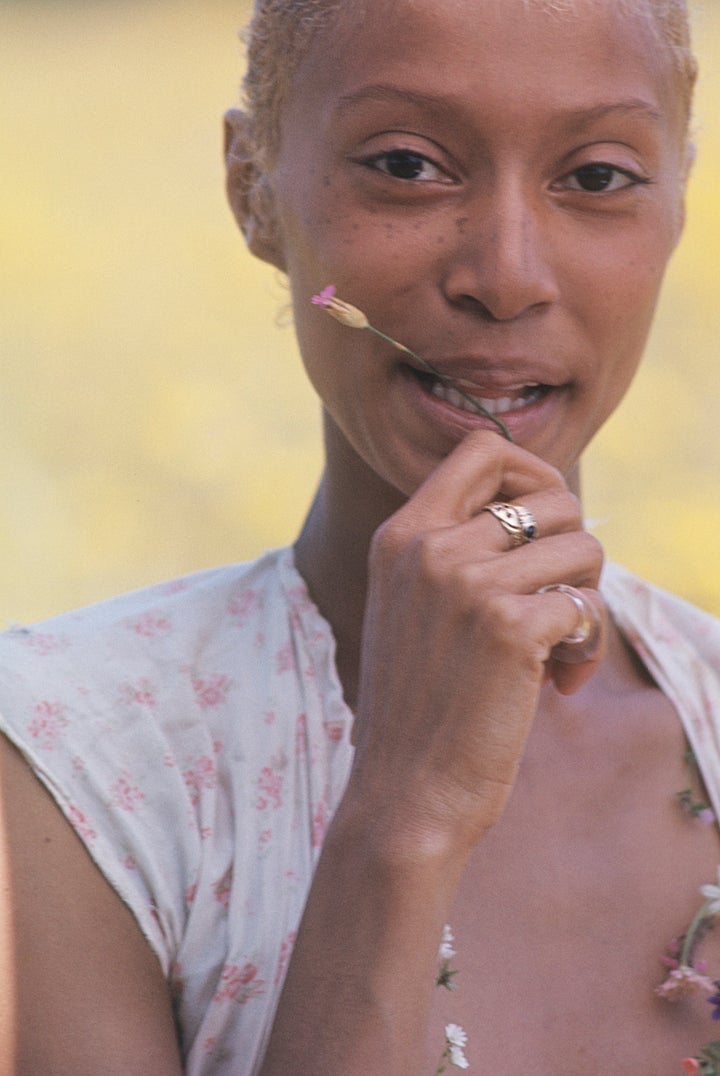
That certainly left a lot of ground for “Supermodel” to explore through interviews with those who knew Luna at certain points in her life as well as cultural experts who helped contextualize her as a complex Black figure. While Jefferson tries “not to explain her away,” she does have a takeaway after her deep dive on the model.
“I think very early on she decided that she wanted to control her own narrative, and she also wanted to make up her own narrative,” the director told me. “And so what you knew is what she told you, and she could tell you a different story on a different day.”
That makes her pretty unknowable, compelling the filmmakers to do a lot of heavy lifting on their end to get to the truth. Luna and her sisters came from a Black family — one deeply affected when their mother fatally shot their abusive father.
And at age 33 in 1979, years after she finally stepped away from the spotlight, she died after a drug overdose. She left behind a 1-year-old daughter, Dream, and her husband, Luigi Cazzaniga. As Hardison put it later in our conversation, she didn’t stick around, she metaphorically “jumped out a window.”
Themes of mental health, Blackness and beauty all come into razor-sharp focus in “Donyale Luna: Supermodel.” But with that comes the question of how a filmmaker can tell this story without falling into a common trap of venerating Black figures of the past without reflecting on their complexities.
Luna’s approach to her Blackness was very different from others around her time, including Johnson and Cleveland, who are both interviewed in “Supermodel.” Despite the obstacles Luna faced, she was not vocal in the ’60s amid the rising Black civil rights movement before she left for London. And that is fairly critiqued in the film.
Did Jefferson ever feel inclined to more broadly exalt Luna, considering that this would be many audience’s introduction to her story?
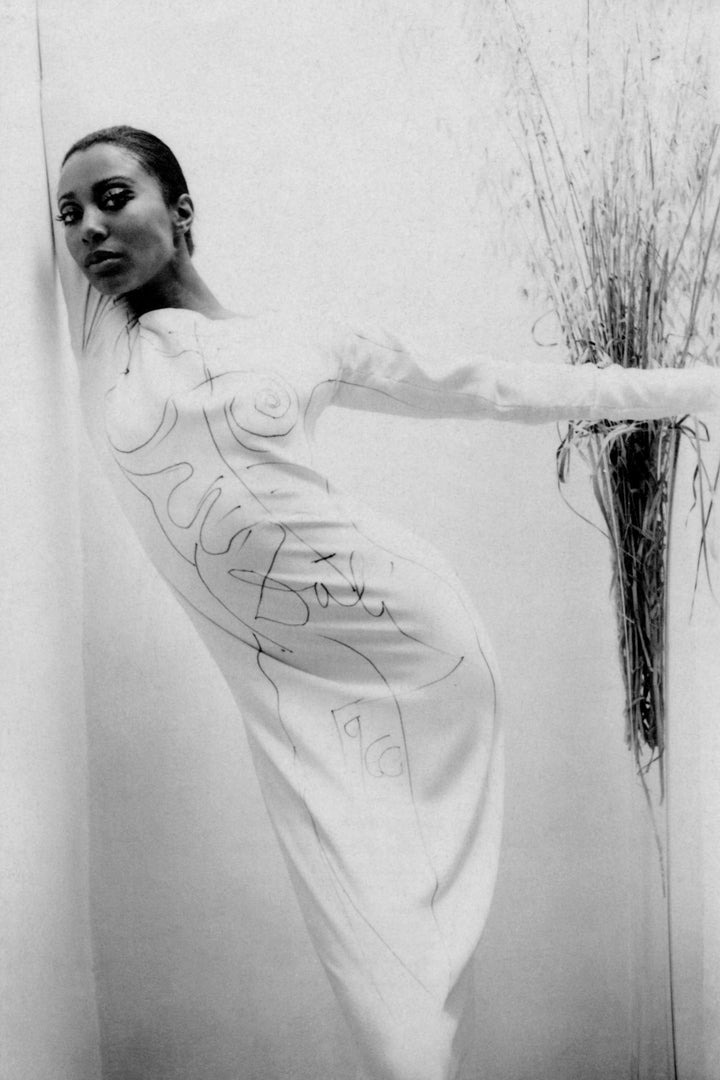
“No,” the filmmaker said plainly. “Because I think that’s what made her interesting. And even when I was pitching to HBO, I was like, ‘We always celebrate the heroes of a race, but everybody experiences Blackness differently, right?’”
Right. “So, when I look at Donyale, I think a lot of people are offended,” Jefferson said. “But I don’t think that’s an emotion or reaction that serves us. I think we need to lean in a bit more and say, ‘OK, why was this person that way?’”
“Donyale Luna: Supermodel” is certainly an example of storytelling that not only presumes audiences today could be interested in someone they might not have heard of, but also that they would remain invested once they realize that she was a flawed icon who didn’t necessarily hold up the race. Multiple truths aren’t exactly popular in today’s pop culture landscape.
“We also have to appreciate the fact that she was the first,” Jefferson added. “Maybe she didn’t do it the way we would’ve wanted her to do it, but what she accomplished during that time is tremendous. And I don’t think that should be forgotten.”
That statement brings us back to the reality that some documentaries have come to serve as a record that someone existed. So that there is something for later generations to reference — particularly Black models whose stories aren’t always platformed.
Or, as Hardison explained to me, whose stories are assumed to be all the same. She told me that she was invited to be interviewed in “Supermodel” but ultimately turned it down. “I couldn’t do it. I didn’t like Donyale Luna. But that’s just coming up as a kid and you’re looking at her like, all these gay boys making so much of her. I’m like, ‘Ah, she all that’ — that mentality.”
Sharing that reminded her, though, of when she had pitched “Invisible Beauty,” and an HBO exec told her that they would consider it but were already doing a film on a Black model.
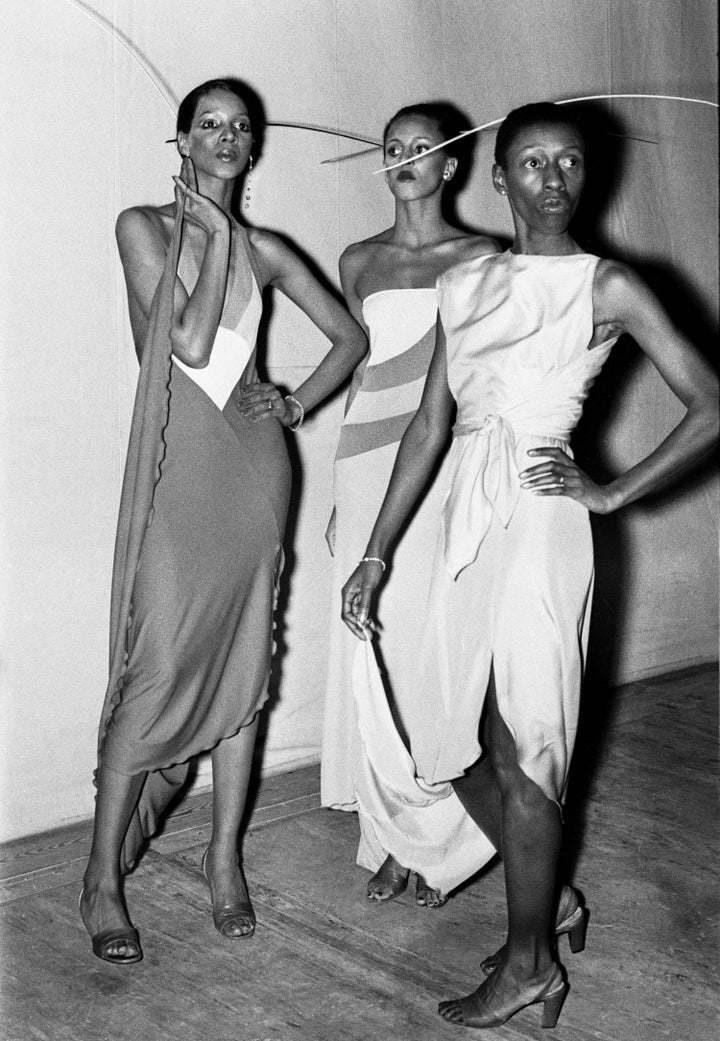
“For someone to say that to me — can you imagine?” she said, clearly still annoyed. “That’s like, wow. I said, ‘What’d you just say?’ Because the executive said that and then she couldn’t even remember the girl’s name.”
It’s the only time throughout our conversation when Hardison seems bothered by a rejection. But not because her ego was hurt. Rather, this fundamental issue of diversity is the same kind of thing she’s worked hard to counteract throughout her career.
“That kind of stuff bothers me,” Hardison went on. “Because that’s dumb. We could do three films on Pat Cleveland and Norma Jean Darden and Bethann Hardison and Billy Blair — and all stories are going to be different.”
True. And, to her credit, Hardison attempted to rationalize in her head HBO’s response to doing more than one film about a Black model.
“I understand the market tightness of, Well, we’re already doing someone of color,” she said. “Or maybe they thought, But she’s so exotic, you would never think of her. You know what I mean?”
Both would be pretty awful reasons. But Hardison couldn’t end that conversation with HBO without one more thing: “And then I said to the woman at the time, the executive, ‘Yeah, but understand something. She jumped out of a window. I’m still standing here.’”
Hardison might not even need a documentary for her legacy to be remembered. She could be immortalized just for saying things like that.
“Donyale Luna: Supermodel” and “Time of Essence” are streaming on Max. “The Super Models” is streaming on Apple TV+. “Invisible Beauty” is playing in theaters.
Credit: Source link